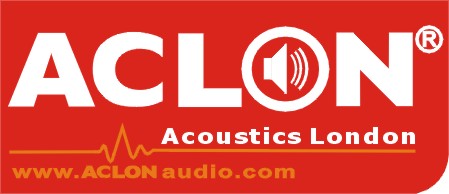Stacking two of these loudspeakers one atop the other and driving both with the same signal results in a different radiation pattern. At points on axis of the two there is constructive interference, and the sound pressure increases by 6 dB relative to a single unit. At other points off-axis, path length differences produce cancellation, resulting in a lower sound pressure level. In fact, if you drive both units with a sine wave, there will be points where the cancellation is complete (this is best demonstrated in an anechoic chamber). This is destructive interference, which is often referred to as combing. A line array is a line of woofers carefully spaced so that constructive interference occurs on axis of the array and destructive interference (combing) is aimed to the sides. While combing has traditionally been considered undesirable, line arrays use combing to work: without combing, there would be no directivity.
Can a line array really form a “cylindrical wave?”
In a word, no. A common misconception regarding line arrays is that they somehow magically enable sound waves to combine, forming a single “cylindrical wave” with special propagation characteristics. Under linear acoustic theory, however, this is impossible. “Cylindrical wave” is a marketing concept, not a verifiable acoustical reality. Unlike shallow water waves, which are non-linear and can combine to form new waves, sound waves at the pressures common in sound reinforcement cannot join together: rather, they pass through one another linearly. Even at the high levels present in the throat of compression drivers, sound waves conform to linear theory and pass through one another transparently.
Related reading: high performance power amplifier line array power amplifier
Previous : Various Types of Amplifier
Next : About Active Speaker Systems



















